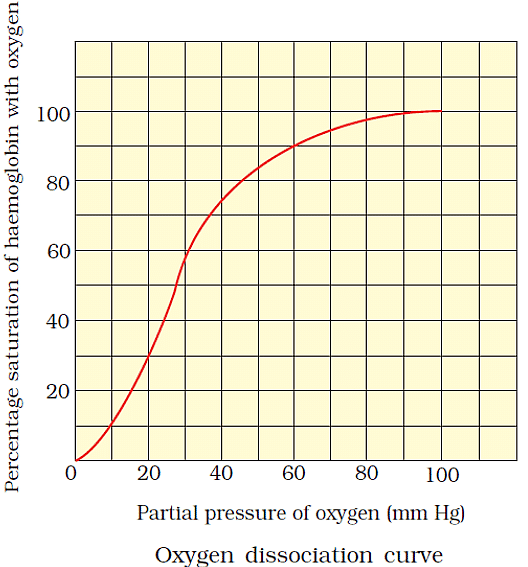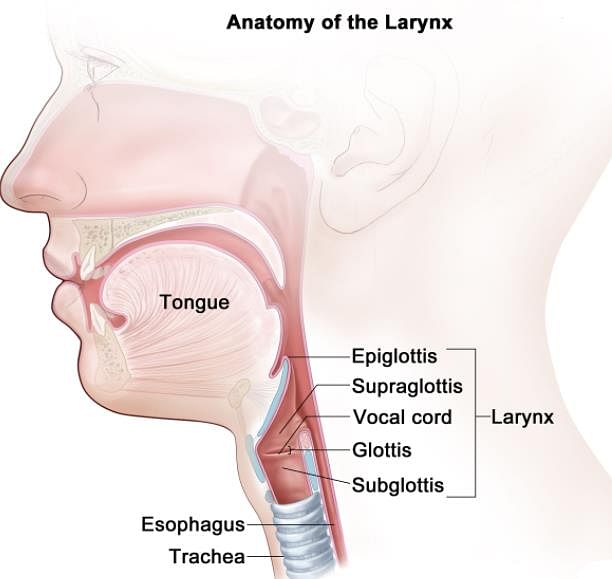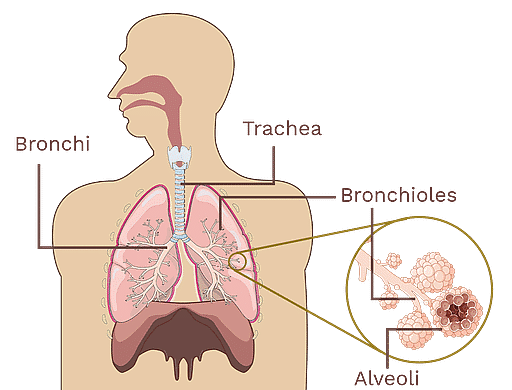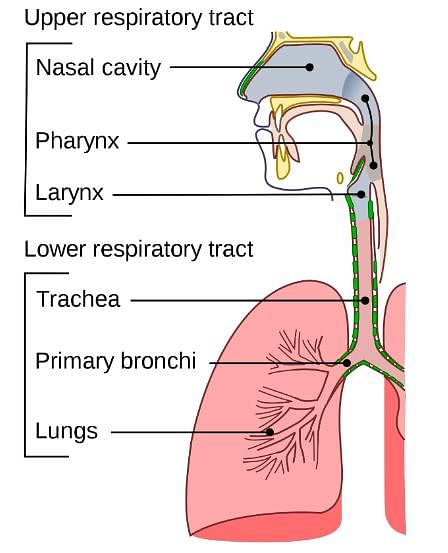NEET Exam > NEET Tests > Biology Class 11 > Test: Respiratory Organs & Human Respiratory System - NEET MCQ
Test: Respiratory Organs & Human Respiratory System - NEET MCQ
Test Description
10 Questions MCQ Test Biology Class 11 - Test: Respiratory Organs & Human Respiratory System
Test: Respiratory Organs & Human Respiratory System for NEET 2024 is part of Biology Class 11 preparation. The Test: Respiratory Organs & Human Respiratory System questions and answers have been
prepared according to the NEET exam syllabus.The Test: Respiratory Organs & Human Respiratory System MCQs are made for NEET 2024 Exam. Find important
definitions, questions, notes, meanings, examples, exercises, MCQs and online tests for Test: Respiratory Organs & Human Respiratory System below.
Solutions of Test: Respiratory Organs & Human Respiratory System questions in English are available as part of our Biology Class 11 for NEET & Test: Respiratory Organs & Human Respiratory System solutions in
Hindi for Biology Class 11 course. Download more important topics, notes, lectures and mock
test series for NEET Exam by signing up for free. Attempt Test: Respiratory Organs & Human Respiratory System | 10 questions in 10 minutes | Mock test for NEET preparation | Free important questions MCQ to study Biology Class 11 for NEET Exam | Download free PDF with solutions
Test: Respiratory Organs & Human Respiratory System - Question 1
The alveoli of lungs are lined by:
Detailed Solution for Test: Respiratory Organs & Human Respiratory System - Question 1
Test: Respiratory Organs & Human Respiratory System - Question 2
What is the shape of Haemoglobin-oxygen dissociation curve?
Detailed Solution for Test: Respiratory Organs & Human Respiratory System - Question 2
| 1 Crore+ students have signed up on EduRev. Have you? Download the App |
Test: Respiratory Organs & Human Respiratory System - Question 3
The pharynx opens into the larynx by a slit-like aperture called ______.
Detailed Solution for Test: Respiratory Organs & Human Respiratory System - Question 3
Test: Respiratory Organs & Human Respiratory System - Question 4
Which of the following diseases can be found in workers working in a mill?
Detailed Solution for Test: Respiratory Organs & Human Respiratory System - Question 4
Test: Respiratory Organs & Human Respiratory System - Question 5
Which of the following is not the function of the respiratory system?
Detailed Solution for Test: Respiratory Organs & Human Respiratory System - Question 5
Test: Respiratory Organs & Human Respiratory System - Question 6
Lungs are made up of air-filled sacs, the alveoli. They do not collapse even after forceful expiration, because of:
Detailed Solution for Test: Respiratory Organs & Human Respiratory System - Question 6
Test: Respiratory Organs & Human Respiratory System - Question 7
Lungs have a large number of narrow tubes called ______.
Detailed Solution for Test: Respiratory Organs & Human Respiratory System - Question 7
Test: Respiratory Organs & Human Respiratory System - Question 8
Lungs are covered by a double layered membrane which is called
Detailed Solution for Test: Respiratory Organs & Human Respiratory System - Question 8
Test: Respiratory Organs & Human Respiratory System - Question 9
Which of the following statements is true about Trachea, in a respiratory system?
Detailed Solution for Test: Respiratory Organs & Human Respiratory System - Question 9
Test: Respiratory Organs & Human Respiratory System - Question 10
What does Tidal Volume (TV) represent in respiratory physiology?
Detailed Solution for Test: Respiratory Organs & Human Respiratory System - Question 10
|
182 videos|383 docs|189 tests
|
Information about Test: Respiratory Organs & Human Respiratory System Page
In this test you can find the Exam questions for Test: Respiratory Organs & Human Respiratory System solved & explained in the simplest way possible.
Besides giving Questions and answers for Test: Respiratory Organs & Human Respiratory System, EduRev gives you an ample number of Online tests for practice






















